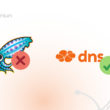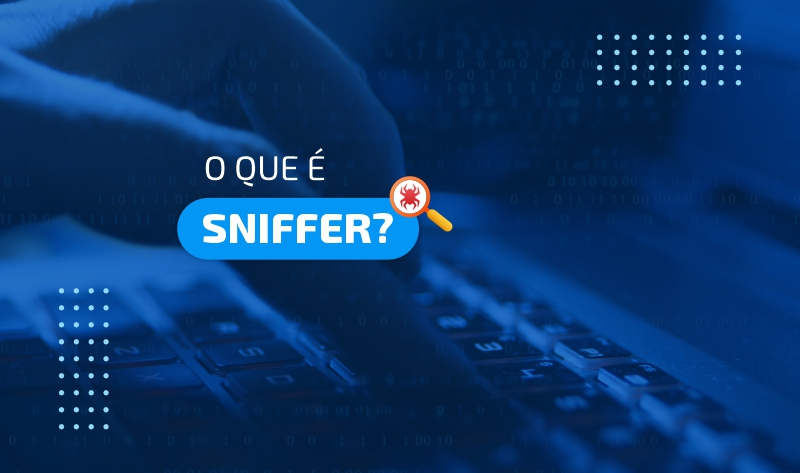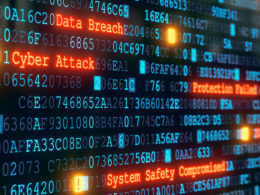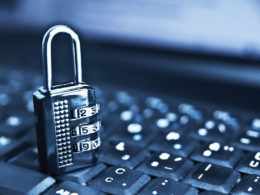With each passing day new threats are discovered that endanger the security of information and our devices. There is no shortage of creativity when it comes to diverting data maliciously and applying blows over the internet . And one of today's most dangerous threats is sniffer. In 2022 alone, there was a 37% increase in the cyberthnacies suffered in Brazil ( Checkpoint Software ), showing the vulnerability of digital security in the country.
Among all dangers that permeate the internet, Sniffer is a tool that has a huge impact on information security , confidentiality of activities that are performed on the digital environment and our privacy.
Unlike many think, Sniffer was not created for malicious purposes. However, due to its functionality, it can also be used by cybercriminals very dangerously, facilitating the exposure of all its digital activity.
To help you increase your business protection and ensure the confidentiality of your information, we have prepared this material with everything you need to know about sniffers software: how they work and what is the best way to protect yourself from these threats. Continue reading and find out!
Sniffer: How it works and what is your goal
Translated from English, Sniffer can be understood as a tracker or sniffer. Within the technology area, Sniffer refers to the scam used for the tracking and monitoring of user activities , allowing those who use this feature have real time access to all traffic that happens in the monitored network.
Sniffers software objectives will depend on the program being used. This means that it is possible to find various tools of this type in the market and can be applied to analyze internet data package , networks and access patterns.
However, regardless of the type used, everyone can monitor the user behavior on a network . When applied legitimately, Sniffer can help maintain information flow stability, detect possible bottlenecks and ensure network quality.
Understand how this monitoring happens in practice: sniffing and methods for interception of data traffic on computer networks.
For this monitoring to be possible, Sniffer captures data package that is circulating through the network. Thus, it gives access so that the tool administrator can monitor the activities being performed, check all files that are processed by the network, such as documents, images and message exchange . With this access, it allows the guardian to have access to all the digital behavior of the monitored user.
Although there are hardware versions of this tool, the most used type of sniffer today is software format. Sniffer analysis happens in two different ways:
Passive sniffer
In the passive sniffer, the administrator can capture traffic, without the need for any kind of direct interaction with the network or with the device. In a network that uses hubs, traffic can flow freely. This means that the computer can receive all this traffic, but ignores everything that is not directly addressed to it . Thus, Sniffer can pass and passively monitor everything that goes through this network, being extremely difficult to detect.
SNIFFER ACTIVE
This type of sniffer is used in larger networks, especially those using network switches for traffic steering. In this case it is necessary to circumvent network restrictions that are imposed by the devices so that it can monitor traffic. Because it is a tool that has more interaction and more active behavior, this type of sniffer is easier to detect.
The main difference between these two types is that the passive sniffer can only see the information that comes in and out of the machine where it is, while the asset surrounding the data direction locks and tools to perform monitoring more assertively.
Is sniffer always a threat?
As we have seen earlier, monitoring through sniffers is not a negative thing, being widely used by administrators and network managers to ensure more traffic stability and quality in connections. This is because when detecting bottlenecks, Sniffer can provide realistic information about traffic to those responsible, and from there favor the application of resolute measures. However, many cybercriminals use such tools to perform cyber attacks, as with Spyware .
The monitoring software used by these cybercriminals can be found with various names, such as network monitor, network analyzer, ethernet analyzer, packet analyzer , among others.
Regardless of the name, they all have the same goal, which is to spy on network traffic, digital behavior and activities performed.
But how does it work in practice? For you to better understand how this tool works, let's use an analogy: Imagine internet traffic like a large road , and each car represents a data package and the people inside these cars are the data itself.
Sniffer monitors each of these cars/packages as they circulate, regardless of whether or not to be directed to the device. Depending on the purpose of the cybercriminal, these sniffers can monitor all data packets or just go to a specific type of package . This feature is a filter module that allows the manager, administrator or cybercriminal to determine the type of information he wants to observe.
It is possible to protect yourself
As we have seen, although it has been created for legitimate features, sniffers can also be used to maliciously monitor the behavior of one or more users on the network. For this reason, it is important to implement tools and strategies to protect yourself, maintain your data privacy and the security of your information.
Here are some measures that can be used in this protection process:
Use an antivirus
Having a good antivirus is the first step to ensuring the security of your data and your device. It is important that it is a reliable and quality professional antivirus , and is always up to date and active to ensure the protection of your data.
Escape from public wi-fi networks
This type of network does not have the safety tools needed to protect your information. In most cases, public networks are more vulnerable to various types of attacks . They favor the creation of access points to facilitate the action of cybercriminals.
Don't forget to activate the firewall
Together with antivirus, firewall is an indispensable security tool for those seeking to ensure the protection of their information and devices. For this reason, it is essential to keep the firewall of your devices always activated , in order to increase safety and prevent unwanted and malicious software.
Be aware of insecure protocols
The most robust protocols were created to keep their connection even safer. This means that the HTTPS (HYPERTEXT Transfer Protocol) protocol gives extra protection, unlike the HTTP (Hypertext Transfer Protocol) protocol. This certification helps to maintain the security of your devices during data exchange.
Cryptography is essential
The exchange of messages between applications and websites should rely on end-to-point encryption. Thus, the information that is sent and received through this applications will be more protected and are encrypted in both shipping and receiving.
Always protect yourself
There are several threats that can endanger the confidentiality of your data and the safety of navigation. It is important to know what are the main scams applied today and prepare to recognize them . On our website you will find a series of rich articles and materials detailing various types of scams , such as DDOS attack , what are the warning signs and the best way to protect yourself from these threats.
Internet access control can be a solution
As we dealt with earlier, it is essential to have a good antivirus and keep your firewall activated. Together with an internet use policy , having these resources can make all the difference when it comes to data protection.
Blocking access to sites considered harmful can be a good solution to effectively protect yourself from sniffer.
Tools such as DNS Filter , Next DNS and Lumiun are interesting and well -structured alternatives.
If your goal is to ensure the protection of your devices, networks and data, you need to consider hiring an efficient and robust tool.
Just as technology advances, new strategies for information theft, espionage and malicious activities also emerge daily, and you should always be one step ahead of it.
I hope this text has helped you and your business.
Until later!











